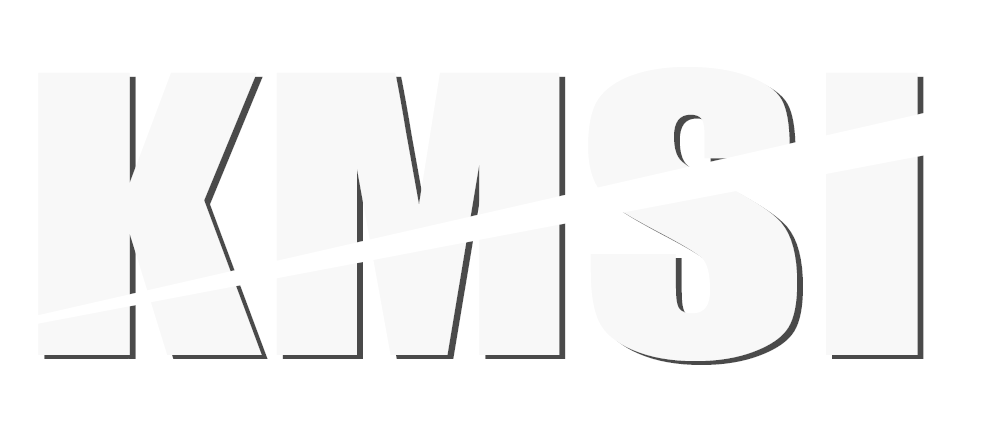Sole-Source Procurement Instructions
Many of our clients (both Government and Commercial) have used sole-source purchase procurement methods to acquire our KMx Learning Platform. The following information provides instructions to assist with preparation of procurement documentation.
Attachment 1 below is an Excel spreadsheet that details the features and capabilities of KMx. Attachment 2 is an independent assessment of KMx conducted by Technology Evaluation Centers. Please download these attachments using the links below:
- Attachment 1
- Attachment 2
In order to complete the analysis requirements for a sole-source procurement, complete the following steps:
- Attachment 1 should be provided to qualified technology providers with a “sources sought” announcement to enable evaluation of technologies in conjunction with Section B of the Example Sole Source Justification and Analysis provided below. Simply ask that prospective suppliers fully complete and return the spreadsheet by a reasonable due day (i.e. within 2 weeks).
- Contact us via email at info@kmsi.com with a request for KMSI to provide 3 references to satisfy the requirements of Section E of the Example Sole Source Justification and Analysis provided below.
- Attachment 2 provides the independent assessment discussed in Section B of the Example Sole Source Justification and Analysis provided below.
Example Sole Source Justification and Analysis
-
These are the unique or special features required by our programs. Each of the capabilities listed below are essential to our program’s success:
- Learning Management System
- Content Management System
- Virtual Classroom System
- Virtual Exam and Proctored Testing System
- Learning and Simulation Content Authoring Technology
- Artificial Intelligence Powered Course Development and Management Technology
- Natural Language Processing, Translation, Evaluation and Transcript Generation Technology
- Gamification Technology to enhance the learner experience and promote engagement
- Adaptive Learning Personalization Technology that supports both existing and newly created learning programs.
- Advanced Reporting, Data Visualization and API Generation Technology required to facilitate the management of our programs.
- Expert Data System Assignment Automation and Management Technology to minimize labor intensive efforts associated with execution of our programs
- System Hosting of all of the technologies listed above in a single data center that is approved for use that provides failover capabilities as well as secure offsite data and document backups
KMSI is the only company that provides the KMx Learning Platform. The KMx Learning Platform is the only technology that provides all of the required elements listed above in a single hosted service implementation. KMSI also provides a system access policy coupled with tools that enable data system and display/interface element additions and modification without the need for contracted technical services. This unique aspect of the KMx Platform is required by our programs to ensure a long life-cycle and is anticipated to provide our organization with significant long-term savings.
-
A source analysis was conducted by our office to determine that the KMx Learning Platform is the only platform that provides all of the require elements to support our mission. The following technologies/suppliers were considered:
- KMSI
- TalentLMS
- SumTotal Systems
- Absorb
- Saba Software
- iSpring
- Canvas
- Docebo
- Blackboard
- D2L Brightspace
- MATRIX LMS
- Cornerstone OnDemand
A copy of the source analysis with detailed specifications and vendor capabilities is provided as Attachment 1. Also provided as Attachment 2, is an independent assessment which reached the same conclusions.
-
Procurement of separate technologies that meet each of the above requirements is possible; however the integration and security issues associated with procurement of multiple systems and their associated hosting services would present numerous technical, security and fiscal challenges, including:
- Storage and maintenance of sensitive personnel and program data elements with multiple suppliers.
- Implementation of system access authentication protocols across multiple platforms significantly increases the expense associated with meeting our program requirements and introduces unnecessary security risk.
- Program management efforts associated with procurement and integration of technologies from multiple suppliers presents unnecessary financial and schedule risk.
- System availability and stability would be degraded with a multiple supplier solution.
-
If sole source approval is deferred or denied, it will have the following impact on our programs:
- Additional program funding will need to be secured to complete multiple procurement actions.
- Our current staffing levels will need to be increased to manage the integration and security issues associated with procurement of multiple systems and their associated hosting services.
- Current mission objectives and program schedules will be delayed to accommodate the above items.
- Reliability and availability of the resulting technical solution will be degraded, affecting program outcomes.
-
The requested products and services are available only from Knowledge Management Solutions, Inc. (KMSI). KMSI has supplied the technologies and services required by our programs to clients with similar requirements and of comparable size and complexity for over 20 years. KMSI has provided our office with multiple client references. These references have been contacted to validate the reasonableness of the above request. The proposed procurement can be accomplished within the purchase authority limits established by our procurement guidelines.
Complete the form below and we will reply with a no-obligation quote that includes a detailed competitive analysis:

